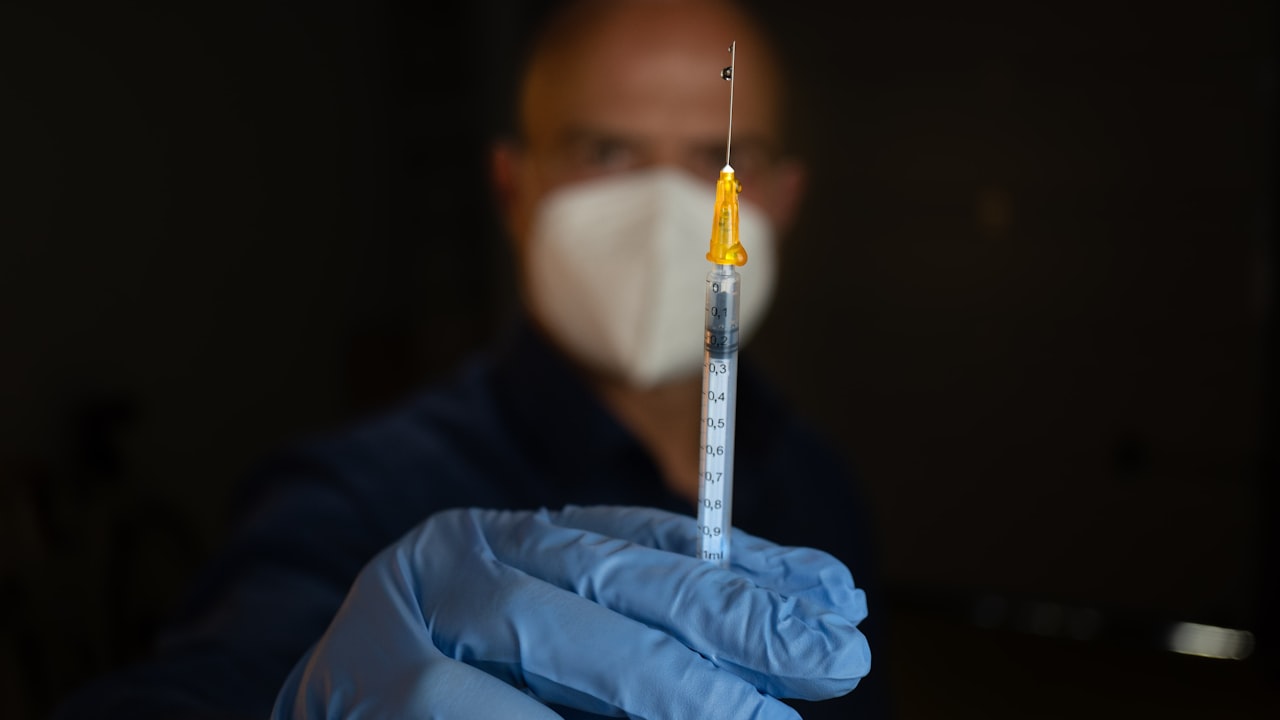Title: Design and Manufacturing Process of Injection Molds
Injection molds play a crucial role in the production of various plastic products. They are used in industries ranging from automotive to household goods manufacturing. Understanding the design and manufacturing process of injection molds is essential for injection mold factories and suppliers to produce high-quality molds efficiently.
The design process of injection molds starts with defining the product requirements and material selection. Engineers create detailed 3D models of the mold using CAD software, considering factors like mold complexity, cooling systems, and part ejection mechanisms. Mold designers collaborate closely with product designers to ensure the mold meets the product’s specifications.
Once the design is finalized, the manufacturing process begins. Injection molds are typically made from hardened steel due to its durability and heat resistance. The manufacturing process involves several steps, including milling, turning, drilling, and electrical discharge machining (EDM) to create the intricate cavities and cores of the mold.
Injection mold factories use high-precision CNC machines to accurately produce the mold components. After the components are machined, they undergo surface treatments like polishing and coating to improve durability and reduce friction during the injection molding process. Quality control measures are implemented throughout the manufacturing process to ensure dimensional accuracy and surface finish.
Injection mold suppliers play a vital role in delivering high-quality molds to their clients. Suppliers must have the expertise and capabilities to design and manufacture molds that meet the client’s requirements. Communication between the supplier and the client is key to ensuring the mold design aligns with the product design and manufacturing process.
In conclusion, the design and manufacturing process of injection molds is a sophisticated and intricate procedure that requires precision and expertise. Injection mold factories and suppliers must collaborate closely with designers and clients to produce molds that meet quality standards and deliver efficient production solutions. Understanding the complexities of injection mold design and manufacturing is essential for the success of the plastic product manufacturing industry.

 Title: Design and Manufacturing Process of Injection Molds
Title: Design and Manufacturing Process of Injection Molds